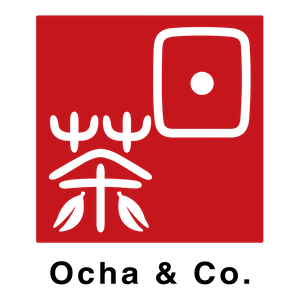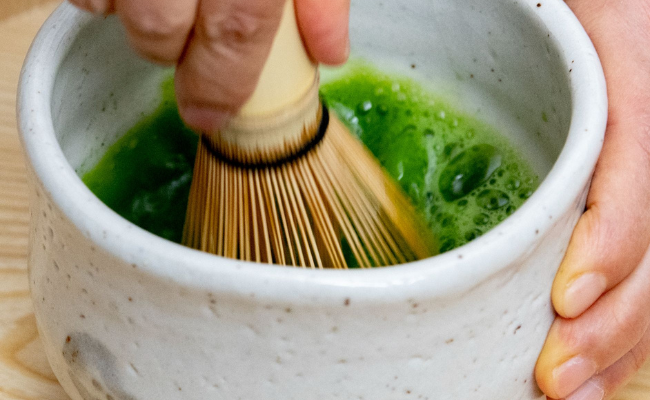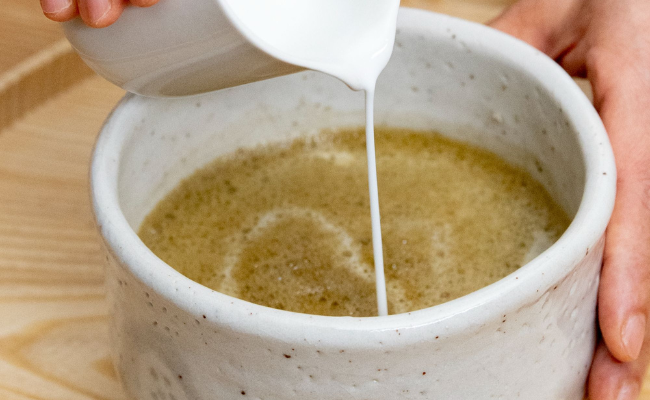Article: Shincha Tea Harvest
Shincha Tea Harvest
Shincha Tea
The New Harvest Japanese Green Tea
If you’ve never heard of shincha tea, it’s kind of like the Beaujolais nouveau of green tea. Highly coveted as people rush to drink the very first green tea of the new season. Shincha comes at premium prices, but many say that the flavor is worth every cent. What exactly is shincha tea, how is it made, and what’s the proper way to brew these precious tea leaves? Read on to find out!
What is Shincha Tea?
Like any plant, the tea plant Camellia Sinensis goes through periods of growth and harvest. After seasons of harvesting, it lies dormant in winter, and once spring rolls around, the first shoots start to sprout. The word shincha in Japanese means “new tea”, and it is these new leaves of spring that are taken from the shrub’s first harvest of the year that becomes shincha.
Only leaves from this first harvest can be considered shincha tea, so it’s really only available in spring in limited quantities- and it’s what makes this tea feel, and taste, so special.
What’s Special about Shincha Tea?
Other than its rarity with only a limited amount available from each farm, shincha possesses some characteristics that you can’t find in tea harvested in other times of the year. For one, shincha is extremely fresh- you are literally getting the first batch of tea of the year. It’s also not only great tasting but amazing for the body too. When the tea plants are dormant in winter, they store nutrients and minerals, and when the buds start to emerge, these substances are released into the new leaves. As a result, shincha is extremely rich in nutrients and has a slightly sweeter taste while being less astringent as well.
How is Shincha Made?
How is Shincha Made?
Tea shrubs that shincha leaves are harvested from grow out in the open, where they are exposed to sunlight and the elements, just like sencha. The difference between shincha and sencha, is that only the first harvest can be considered shincha tea, as they are the absolute finest leaves of the plant.
As for when these first leaves are harvested, the time depends on geographical location. Similar to the blooming pattern of cherry blossoms, the spring harvest starts around April from the southern part of Japan, at Yakushima. Then it gradually moves its way up into Honshu, Japan’s main island. At Ocha & Co, our spring harvest occurs in the tea plantations high in the mountains of Shizuoka prefecture during the latter part of the harvest season, as the climate takes a while longer to warm up.
Once shincha is harvested, it goes through much of the same processes as other green teas. The leaves are quickly steamed upon harvest, which stops them from oxidising and preserves their fresh, green hue. Some might be inclined to think that shincha exists in its truly original form with minimal processing, this isn’t true. To truly preserve the quality of these precious tea leaves, as well as to draw out its wonderful flavours, the steamed tea leaves are put through rolling and drying processes that eliminate all moisture that may compromise taste and quality.
The best leaves are then separated from their hard veins and stems, and are put through a light roast in a process called hi-ire. The level of roast and the processes may vary, but you can be sure that the original flavour of the tea leaves are well-preserved.
How to Brew Shincha
Being the first leaves of the year, shincha is very delicate and requires more delicate handling. You may already be used to brewing your green teas at temperatures under the boiling point, but shincha will require just a little more care.
The ideal water temperature for brewing shincha is around 75Cº- lower than any other tea. Follow the steps below for a fool-proof method to get the most out of your shincha.
- Measure 5 grams of shincha tea leaves
This will be sufficient to make a small pot of shincha, and is about 1 heaping teaspoon.
- Gently boil water and leave to cool
Remember, the ideal brewing temperature is between 75Cº to 80Cº. Let the water come to a gentle boil, then leave it to cool for several minutes. Lower temperature water prevents the tea leaves from scorching, and is ideal for drawing out flavour from the leaves.
- Brew for 30 - 40 seconds
Shincha tea leaves will quickly release their flavours, and your tea is ready to enjoy in just 30 to 40 seconds. Leaving it to steep longer will result in tea that is more astringent.
- Enjoy!
Take a deep breath and appreciate the fresh aroma of your shincha, and enjoy this truly special tea! The leaves will be good for two to three more flushes, so you can enjoy it again and again.
Shincha might come with a premium price tag, but if you’re looking for the best of Japanese tea, there’s no contender to shincha. Only available once a year, it’s truly a special way to usher in the spring season.
Shincha Tea 2025
Ocha & Co.'s Shincha tea is usually ready around the middle of June but this depends on the vagaries of the weather. If you would like to get advanced notice about when it is ready please join our special Shincha newsletter or just click theShincha Tea green tea link - it will tell you if the tea is ready to order.




